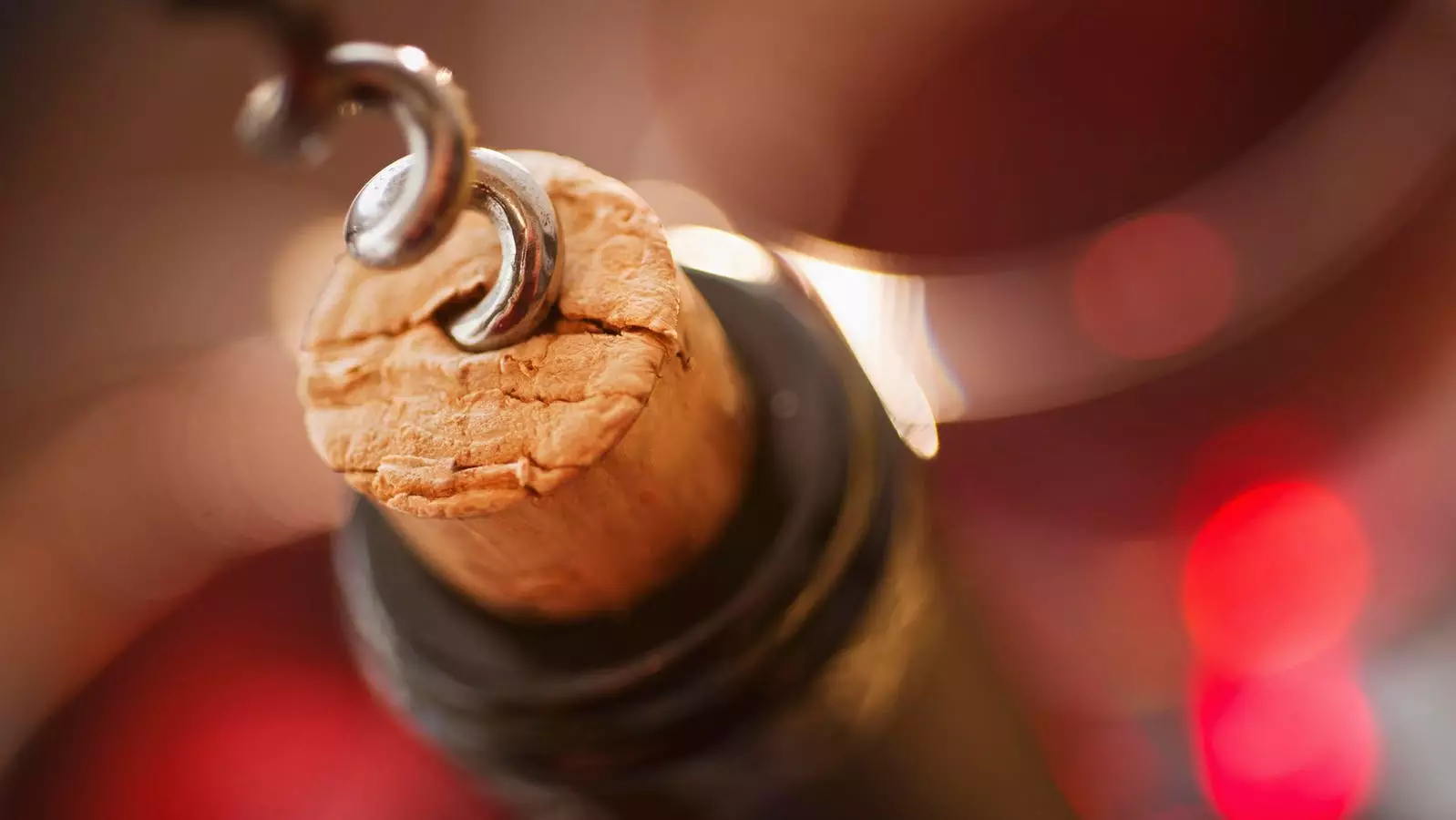The holiday season invites an array of social gatherings, where gifts play a significant role in showing appreciation and thoughtfulness. A classic go-to for such occasions is a fine bottle of wine. As we make our selections at local wine shops, an interesting problem often arises: the choice between aesthetically pleasing corked bottles and practical screw-top closures. This psychological tug-of-war emphasizes a deeper reflection on consumer behavior and marketing strategies that shapes our preferences and perceptions, especially regarding wine.
The wine that dazzles us with 94 points from a trusted source may suddenly induce hesitance upon noticing its screw cap instead of a cork. It’s intriguing how the presence of a simple metal cap can invoke skepticism, even among casual wine drinkers. This paradox isn’t merely a personal quirk; it’s a widespread sentiment that has both historical and cultural roots.
Natural cork closures have long been viewed as a hallmark of quality in the wine community. The ritual of pulling a cork, with its distinctive pop, involves not just the act of opening a bottle, but also a psychological association with celebration and prestige. Conversely, screw tops are often relegated to a perceived low-end status, carrying implications of convenience over craftsmanship.
Contrary to popular belief, the choice of bottle closure significantly impacts the preservation of wine, yet both corks and screw tops have their merits. Natural corks allow a small and regulated amount of oxygen to enter the bottle, which can enhance the aging process for certain wines. On the flip side, they also introduce the risk of cork taint, a phenomenon that can ruin an otherwise exquisite vintage.
Screw caps, on the other hand, provide a nearly airtight seal that limits unwanted oxidation, preserving wine’s intended flavor profile. Studies indicate that screw caps can effectively stave off oxidation, while ruling out the off-flavors often associated with corked wines. So why, despite this compelling evidence, does the stigma persist?
Consumer perceptions frequently hinge more on emotional resonance than empirical evidence. For instance, packaging plays a pivotal role in shaping expectations of value. Wine marketers have astutely recognized the psychological impact of wine packaging, utilizing branding and presentation to bolster consumer confidence in their products.
The phenomenon offers intriguing insights into consumer behavior. Research indicates that consumers often pay significantly more for cork-sealed wines compared to their screw-cap counterparts—sometimes as much as a 20% markup. This pricing reflects not just the cost of the materials but also the cultural baggage attached to them.
Moreover, the unmistakable sound of a cork popping evokes excitement and builds anticipation, creating a memorable context for enjoying the wine. When consumers engage with wine, their entire sensory landscape—sight, sound, smell, and taste—converges, collectively influencing their enjoyment and reception of the final product.
Interestingly, the association between extra effort and perceived quality can complicate the narrative. Opening a wine bottle with a cork demands a level of ritual and engagement that many consumers subconsciously equate with greater worth. Behavioral studies have shown that the act of uncorking wine results in a heightened appreciation of its flavor, reinforcing the association between effort and value.
This intriguing dynamic isn’t limited to the wine industry; it spans across various markets. Brands harness the power of tactile experiences—like the weight of luxury packaging or the meticulous design of a product—to influence consumer perceptions. However, it raises the question of how to balance accessibility with the allure of tradition.
In a world increasingly leaning towards convenience, the persistent preference for corked wine bottles reveals complex cultural and psychological dynamics. As brands continue to navigate the intersection of tradition and innovation, it becomes essential to foster an understanding of how these preferences shape purchasing choices.
Whether through elegantly designed packaging or carefully crafted storytelling, the approach brands take toward packaging can significantly enhance consumer experiences. Engaging consumers on a deeper level, aligning product expectations with designer intentions, and embracing a nuanced understanding of human psychology are crucial steps for the wine industry and beyond.
Thus, while screw tops offer undeniable practical benefits, the emotional weight behind corked bottles serves as a reminder of the profound impact of perception, tradition, and human nature on our decision-making processes. As we uncork this multifaceted conversation, both consumers and marketers stand to learn valuable lessons about bridging the gap between innovation and tradition.


Leave a Reply